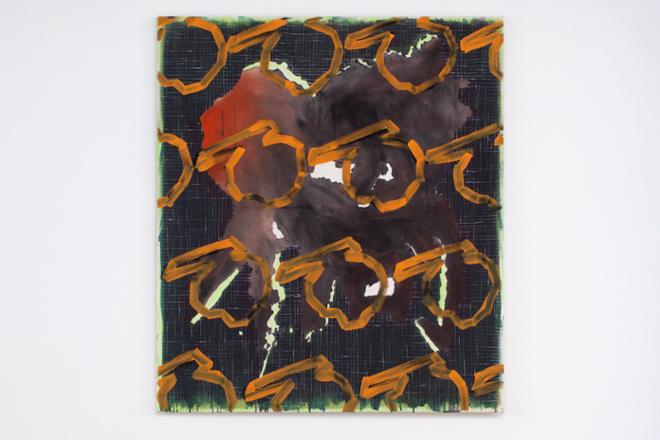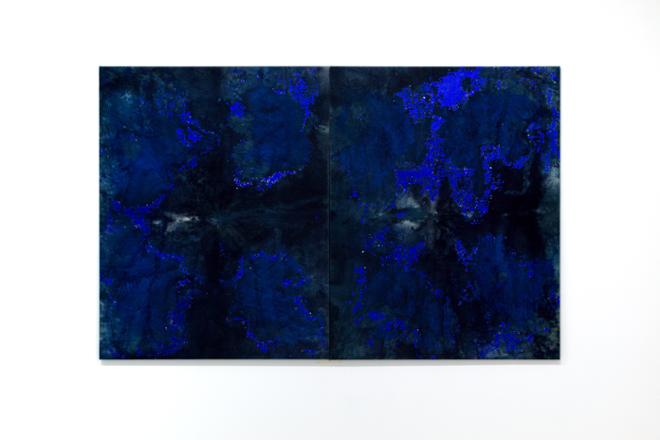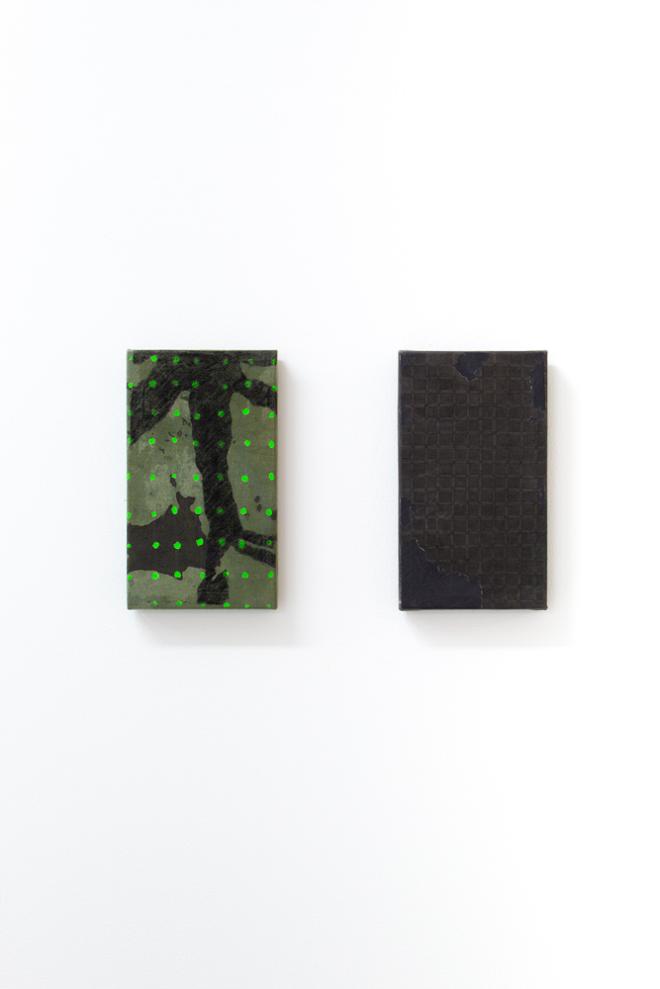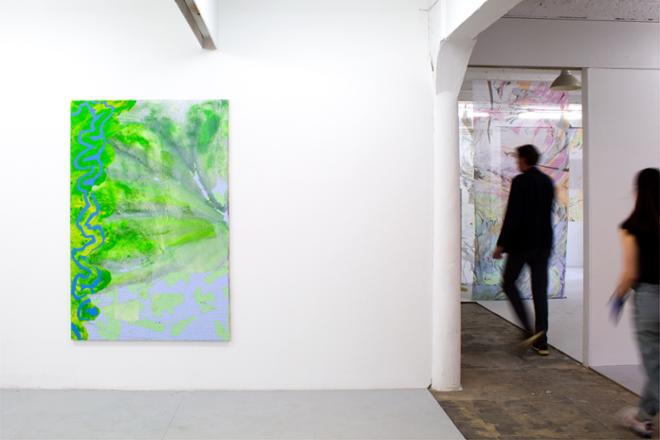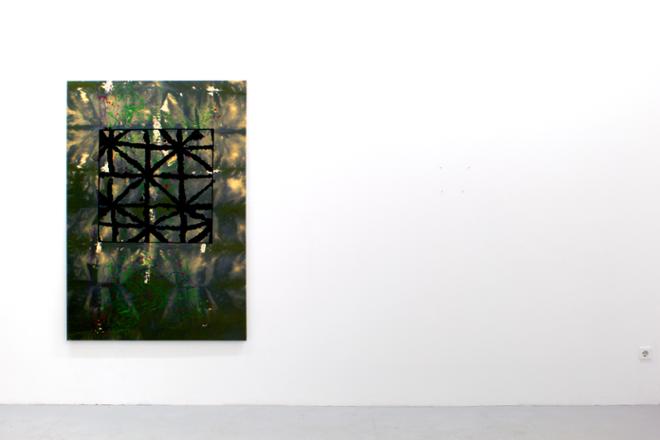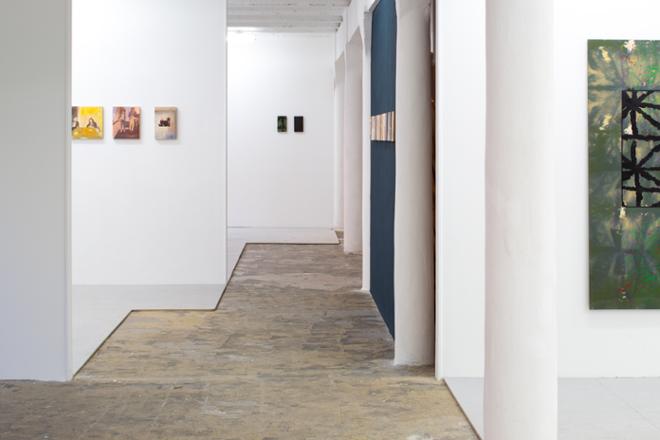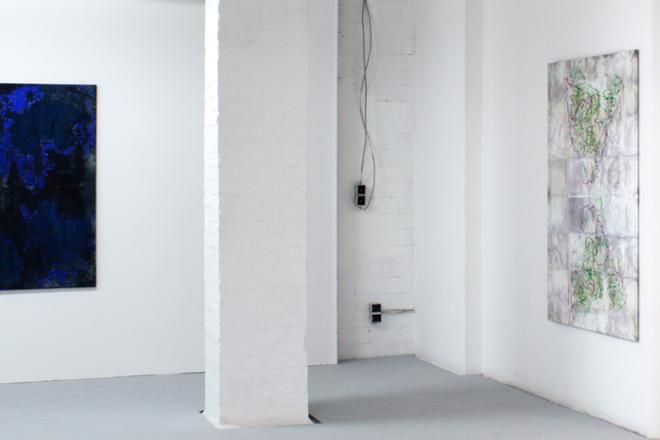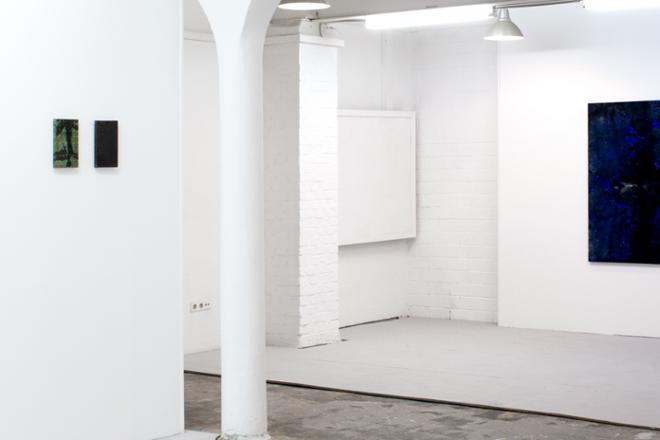MFA Thesis Exhibit
Nina Yushan Lai
Alfred-Düsseldorf Painting
Follow
Artist Statement
Nina Yushan Lai’s painting and printmaking practices use memories as the material to embrace the uniqueness of self through understanding repetition and iteration. Her works reflect her experience as a growing child living between two different cultures, China and America. While identifying as an outsider to both cultures, she has always desired to understand the world around her. Her works build conversations between her past self and present self: from understanding and accepting the differences between herself and her twin sister to attempting to grasp the pureness of language through the activity of applying paint. Now, with the longstanding physical absence of family members, she is motivated to create family portrait paintings in her own means. A series of paintings reflects the experience of learning about the family as an outsider on the internet while searching for her identities and origins. Revisiting and understanding family history through intertwinement of shapes and colors. Disciplining the paint while embracing chaos and the process of abstraction.
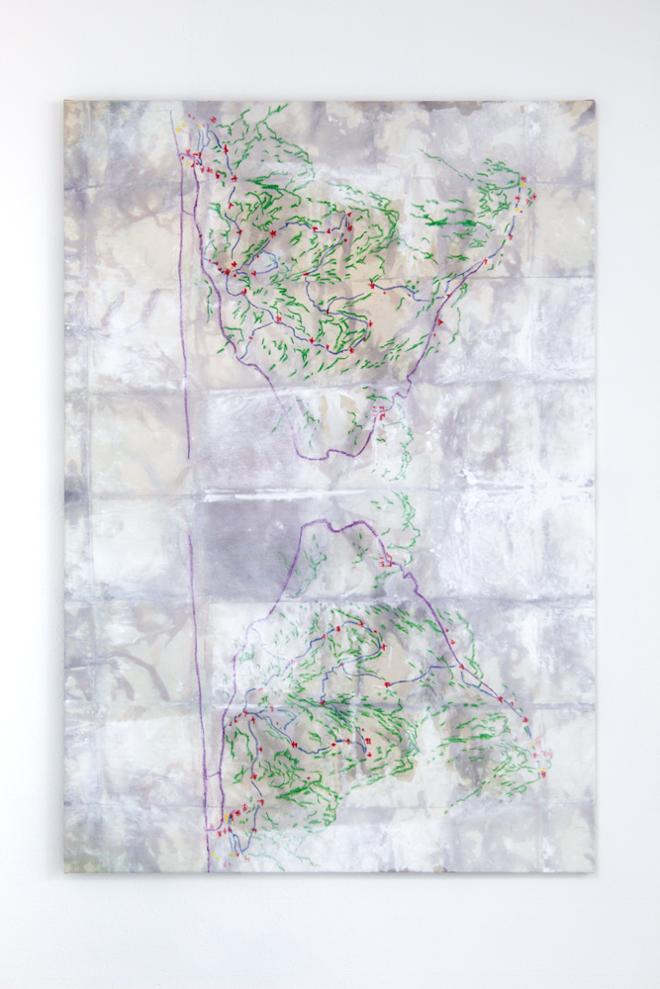 Click to view Across the canvas is an oil pastel drawing of a mountain trail map. Two identical maps facing each other and are placed vertically on raw canvas. Purple as the trail, green as the mountains, and red as resting spots and tourist sights. Covering the drawing is then a layer of stained light grey purple and a layer poured white paint. Both layers follow the creases of a the canvas’s folded pattern in grids. 8 crease from top to bottom, 6 crease from left to right. The natural color of canvas is still showing through from the layers as well. Full-Screen
Click to view Across the canvas is an oil pastel drawing of a mountain trail map. Two identical maps facing each other and are placed vertically on raw canvas. Purple as the trail, green as the mountains, and red as resting spots and tourist sights. Covering the drawing is then a layer of stained light grey purple and a layer poured white paint. Both layers follow the creases of a the canvas’s folded pattern in grids. 8 crease from top to bottom, 6 crease from left to right. The natural color of canvas is still showing through from the layers as well. Full-Screen
Recalling // 110 x 160 cm // Acrylic, fabric dye, and oil pastel on canvas
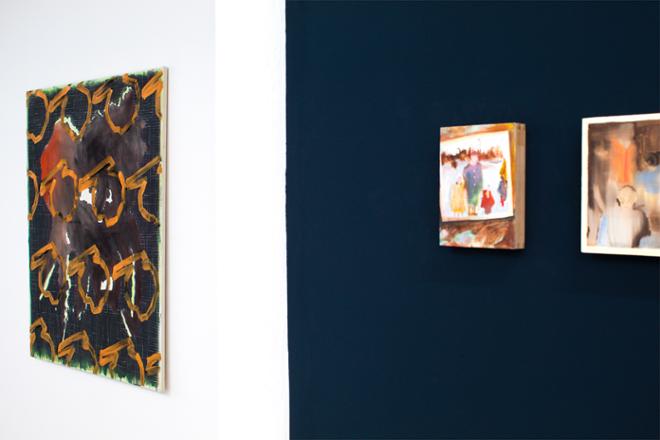 Click to view An installation shot from an angel looking at both Isabel Monti’s miniature paintings on dark blue wall (to the right) and Orange and Railway on white wall (to the left). Full-Screen
Click to view An installation shot from an angel looking at both Isabel Monti’s miniature paintings on dark blue wall (to the right) and Orange and Railway on white wall (to the left). Full-Screen
cata{longing} Installation

